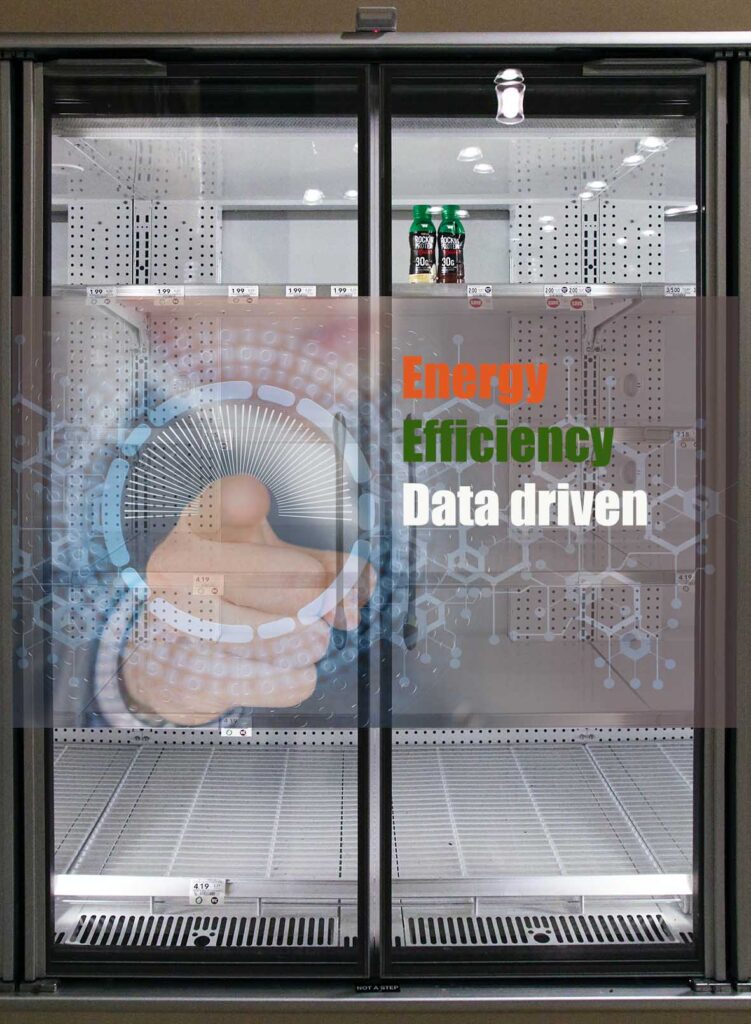The management of plants starting from a data-driven approach can provide notable benefits for energy saving, and not only, relying also on incentive opportunities. As explains Paolo Baldracchi, EME and expert in energy management solutions
Data can aid in dealing with the energy crisis, too. Just so: due to what is often considered the “new oil” we can implement measures that can remarkably decrease consumptions, also improving plants’ service life. Therefore, we must make room for data-driven solutions.
We talked about that with Paolo Baldracchi, engineer and EME (Energy Management Expert) UNI EN 11339 certified as well as co-founder of the innovative SynapsEES start-up, specialized in smart energy efficiency systems.
 Mr Baldracchi, what does data-driven energy management mean? Why is it today convenient to bet on data-driven method and solutions to achieve energy efficiency?
Mr Baldracchi, what does data-driven energy management mean? Why is it today convenient to bet on data-driven method and solutions to achieve energy efficiency?
The new technologies currently at disposal on the market, such as IoT, sensors, data acquisition systems and the fourth industrial revolution (computerization of systems), Industry 4.0 allow implementing the innovative approach to the energy management called DEM: Data-driven Energy Management. This approach provides for the acquisition and the management of the data collected by plants, data of different nature like energy consumptions, set-points, system variables, manufacturing data, boundary variables and so on. Starting from data, we can implement virtual models of plants and define new more efficacious and efficient control logics.
In specific terms, I begin from what we carry out as SynapsEES that, fundamentally, starts from the analysis of plants’ trends and energy flows, drawing data from plants themselves, carrying out and optimizing controls in real time.
Due to a DEM approach, it is possible to understand constantly the machine trend, providing various benefits. The first is the possibility of correcting and managing optimally the plant operation. Moreover, through the data use, we can analyse possible deviations, to carry out predictive maintenance and implement demand response logics, supplying energy when it is available. The force of the data-driven approach consists in controlling a plant in operation to suggest how to make it operate better.
Let us see costs and benefits. How much does adopting a DEM approach allow saving on average and how soon can you pay back the investment?
Given that savings and returns depend on many variables, starting from the sizes of the plants and the plant condition, in terms of its control modalities and of the availability of relatively easily recoverable data, we can anyway estimate variable savings from 10% to 30% of the yearly average consumption whereas ROI is included between 1-2 years, 3 years at the latest.
Can you explain us the example of DEM approach application in industrial refrigeration and the benefits achieved?
We have applied DEM to an industrial plant of cold production at the service of warehouses for refrigerated food storage, equipped with 4 water-condensed refrigeration units with a total installed refrigerating power of 1.8 MW. Implemented with the best technologies on the market, the plant had been in operation since 2014 and it was equipped with a data acquisition system. Our intervention was asked because the owner and the technical consultant (ESCo) who had designed the plant had realized that the plant did not reach the expected coefficient of performance – COP of machines. Therefore, he entrusted us with the cause investigation and the attempt of solving the problem.
Through suitable IT tools we provided to collect the available data: over 900 variables, with minute acquisition frequency, for over 20 GB of data overall for one year of measurements. Then, it was possible to create a virtual model of the refrigeration central unit and identify the causes of inefficiencies, deriving from the improper use and from the wrong implementation of some control logics of the machine room. Redefining controls allowed restoring the efficiency of the fridge group and recovering design levels, so granting a yearly saving that exceeds 50,000 Euros, with an intervention return time under one year.
Generally, our work starts from the acquisition of plant data, even better if we can rely on historical data, to understand the present operation and in time. According to this base, we then proceed to rewriting the plant control logics, obtaining concrete benefits. At the beginning we carry out an energy audit, to get an idea of consumptions and then to understand what kind of intervention to execute and what solutions to install to collect data and to reprocess them.
What peculiar benefits can the industrial refrigeration obtain from the adoption of data-driven methods and solutions?
Manifold. Relying on a semi-automated system allows achieving a control of variables and providing feedback on the plant service life that can ensure benefits in terms of energy saving and machine service life.
What are the incentives that aid in staking on the data driven technology?
The main instrument in terms of energy efficiency consists in White Certificates, however they are more useful for medium-big size companies.
Another effective tool is the Thermal Account and other incentive measures – like those provided in the ambit of the Transition 4.0 plan – that allow obtaining cost savings ranging from 20% to 50%. It is also possible to benefit from ERDF tenders, of regional character, and new opportunities offered by the various NRRP-related tenders.




